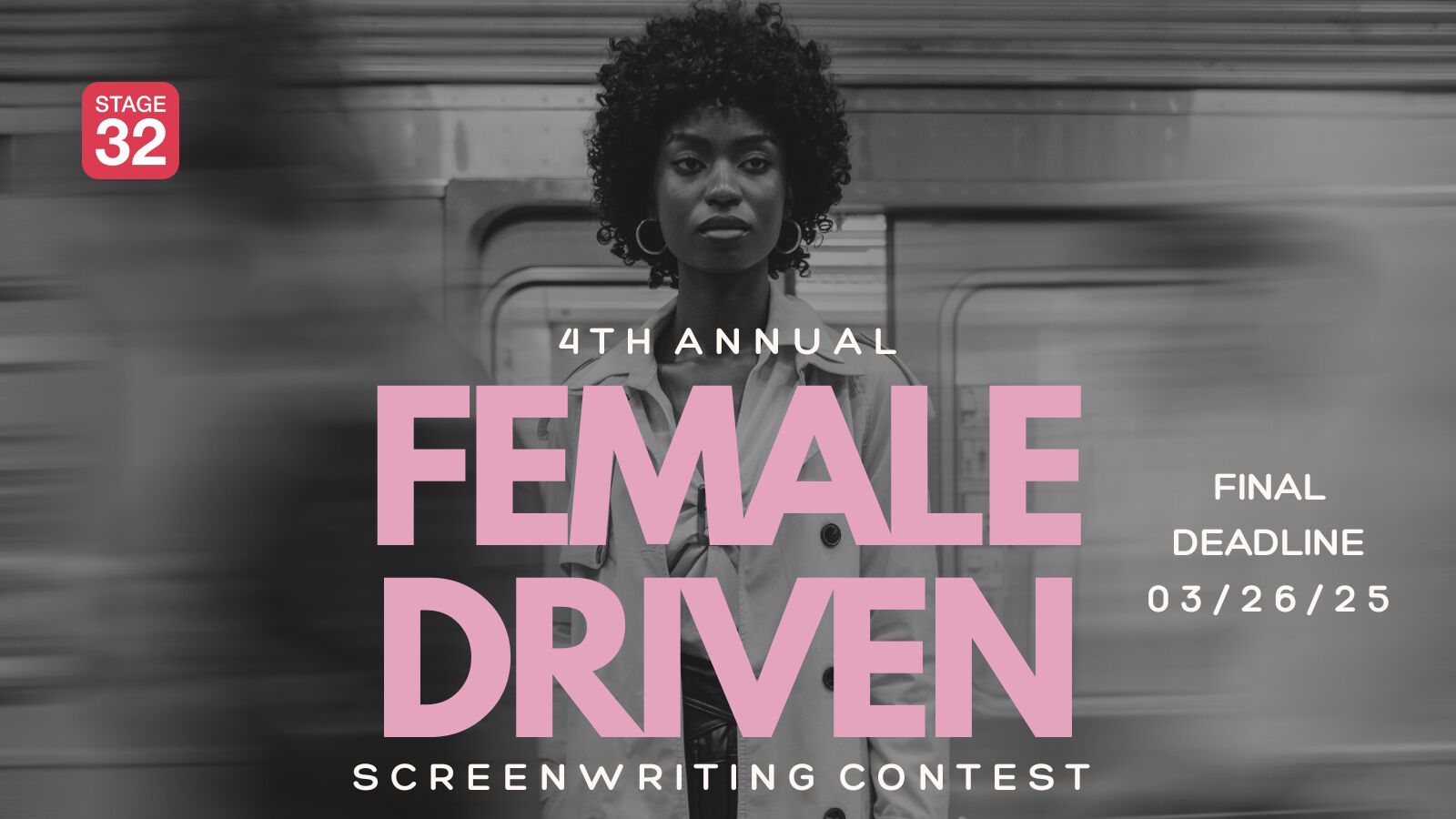Hi, I've recently been editing dialogue. I've been keeping the levels around -10db consistently throught the films I've been editing. Alot people say to keep it at -10db or even -12db. I'm finding these levels to be quite quiet. Could this be due to poor recording on set? How can I make it louder without going over that -10db threshold? Thankyou James



James, It's a tricky subject. You don't want "overs", but I tend to go for something closer to -6. When you record on the set, if you record in 24-bit rather than 16, the recording is more tolerant of level boosts. Having said that, when I hand my tracks to some video editors, they find that they are unexpectedly loud. All levels are relative to something. -10/-12 are relative to full-scale digital. When you say they are quiet, what are you comparing them to? There is a calibration process for theatre systems that sets the level for a particular room. Until you go through that process, you are comparing the level to a random value. You can come a bit closer if you play a DVD, then set your project's level so it is somewhat close (perceptually, not by the meters.) The thing is that the meters show you either peak or RMS level, and there can be plenty of energy in the sound that makes it seem loud when it is not peaking above -10. You can also have a ton of energy in the sound that causes it to peak at full scale, but the sound you want to listen to is way below it. The bottom line is that you want your dialog to be away from the noise. And you need to set the dialog level for the total mix and keep the mix consistent from start to finish. Then you need to set the level of the mix so it conforms to the same standard as the pros use. This is the Dolby manual: http://www.dolby.com/uploadedFiles/Assets/US/Doc/Professional/139_DP564_... This is the ATSC standard: http://www.atsc.org/cms/standards/A_85-2013.pdf You'll need some way to measure your levels accurately with a mic in your room. Once you set those levels, you can begin to create subject points of reference for your mixes so that you can make a judgement as to whether a particular sound is quiet or loud. It has to be in relation to a standard... Good luck!
1 person likes this
I usually go for -6 peaks in the mix. Being from analogue, I always think as much signal as possible while preserving the dynamic range of the scene. I record as hot as possible (-3 peaks?) on set, but again, the analogue in me has to be wary of hitting the yellow zone! Perhaps you're thinking of the "natural level" - how it would sound if the editor were in the room with the actors? Or is the concern something more technical, like finishing level? I'm not experienced at final output, for edits I just keep it in the green.
2 people like this
Are you mixing on a dub stage for theatrical or are you mixing for Broadcast , or for DVD, or for Web? Makes a big difference in how you mix. but normally, when i'm mixing in a dubstage for theatrical, spoken dialogue should run around -10 to -12 then very quiet whispers can get as far down as - 20ish and screams can hit 0. If you mix in a calibrated room it's all about what sounds good. If you are mixing for a broadcast delivery then you need to get a set of the channel/network specs and simple make it sound as good as possible within those specs. check out http://www.gearslutz.com/board/post-production-forum/ there are hours of great reading on this subject. you can also check out my thread "Geo's sound post forum"
1 person likes this
I'll chime off of what Georgia mentioned: what (destination) are you mixing for? think about your final destination and there are normally specs for that destination. In the broadcast world they are fairly rigid with the 'levels' (dialog norm) which typically has a very narrow range, less dynamic range then theatrical because it's television.
James, -12 dB in the digital world equals 0 dB in the analogue world. Meaning the the audio level is "optimal". If you do a bit of research, you will find the technical rational for this.
I would try playing it back on different devices. editing sound on my mac book pro is no good. you cant hear a thing, so be sure to wear headphone or edit with some good speakers. I was told to make sure your audio is -20db and under.
3 people like this
if you're mixing sound for a theatrical release you need to mix in a CALIBRATED room. Period. -10 to -12 is right in the sweet spot, but dialogue can range from 0 to -20 all depending on what's happening in the mix at the moment. In a dub stage you mix NOT to level but to what you want to hear. That's why all dub stages are calibrated and all ( well, all the good ones ) movie theaters are calibrated to play back at the same levels. If you mix for broadcast you have to meet DIALNORM specs and other delivery specs which provide very specific dialogue levels. check out http://www.gearslutz.com/board/post-production-forum/ for a lot of very detailed info. Specifically: http://www.gearslutz.com/board/post-production-forum/106320-geos-sound-p... and http://www.gearslutz.com/board/post-production-forum/229741-standard-mix... as well as the other great discussions.
Depending on the mic placement and direction at any given time, you are bound to have lots of fluctuation. I would say it depends on the situation, ambience, music etc that the dialogue is over (as Bob said above). I generally try to keep peaks under -6 but then again I'm not an engineer by any stretch.